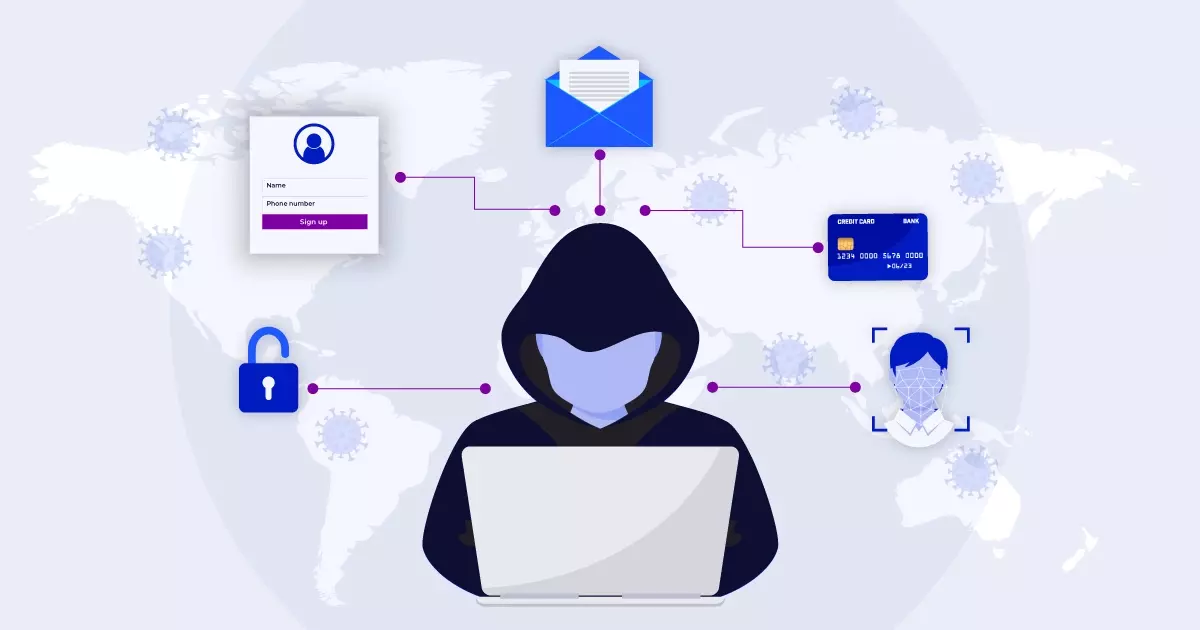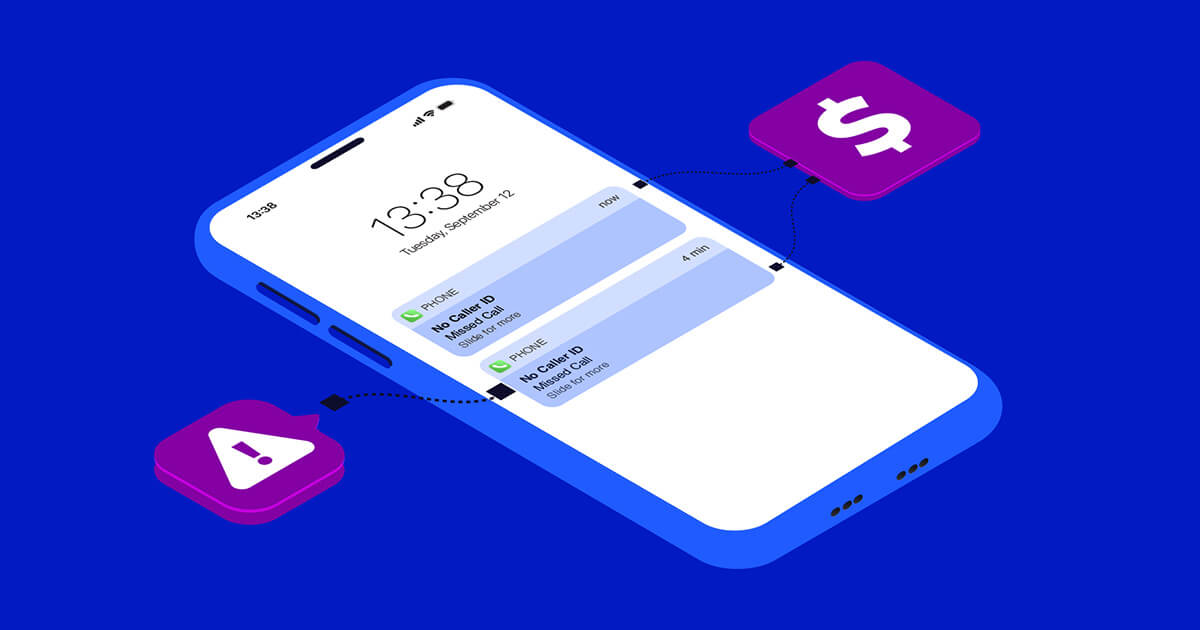
COVID identity crisis: How onboarding best practices help prevent fraud
Despite the negative health and economic effects of COVID around the world, it initiated changes in how we live and workÑboth out of necessity and in hopes that we could come out of the pandemic stronger when the world opened again. Fraudsters used the health crisis to fine tune their malicious tactics to exploit businesses










